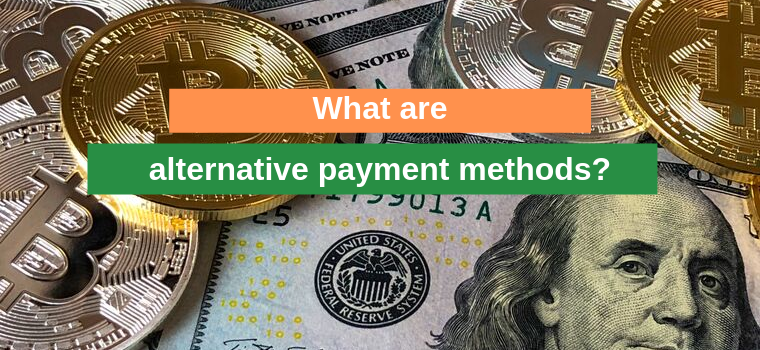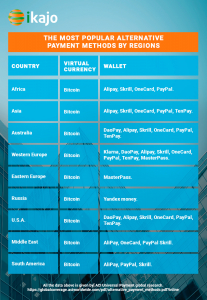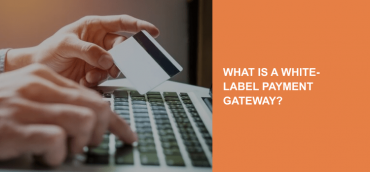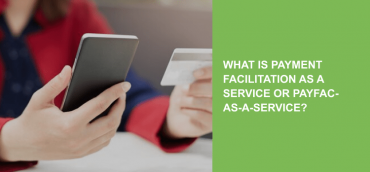Once being a fad, alternative payment methods (APMs) are now rapidly merging into the payment ecosystem. According to Industry data, almost 55% of global transactions will be made via alternative payment methods by the end of 2019. Despite the spike in popularity, it can be challenging for merchants to understand what APMs are worthy to implement. Continue reading to find out more about alternative payment methods and their usage in 2020.
What are alternative payment methods?
Traditional payment methods rely on an immediate funds exchange (cash) or credit card networks usage (Visa, MasterCard, American Express). Alternative payment methods are determined as cardless and cashless ways of paying for products and services online.
Though we call them alternative, they are soon to become common and usual for us. Not to mentions our grandkids. As for today, alternative payment methods are seen as more secure and flexible payment options for both consumers and merchants.
What types of APMs exist today?
Check out four most popular alternative payment methods in 2019:
APMs that require bank transfers.
When an online purchase is completed, the shopper approves the transfer via an online banking method. The rapid growth of online banking is amongst the main reason for this method’s popularity. Hurry up to The Complete Guide on Mobile Payments for free.
An example: Let’s say you buy an airline ticket from a Skyscanner. Once you’ve printed down all the credit card details and pressed continue, you get another message. It asks you to verify your transaction by pressing “Yes” at your banking app. You enter the app of your bank and confirm the transaction.
APMS based on digital wallets
This is the case when a user completes a purchase via mobile. Typically, through an app that permits to link a credit card for purchase authorization. Leaving the traditional payment methods behind, in-app payments are likely to see even more traction in the nearest future.
An example: UberEats is a great example of a digital-wallet in action. Once you’ve linked a credit card to an app account, you can purchase food in one click. No additional verification or confirmation required.
Instant financing
The instant financing boils down to three main principles: choice, rapidness, and convenience. Unlike a traditional credit card application, it requires less time and personal details to process an application. Instant financing also allows the client to choose the timeframe that works best for them
An example: Klarna provides a “Slice it” payment option that allows customers to pay for purchases within time. It also gives a chance to pay in different ways, according to what fits clients’ needs best. Buyers know about the decision in a few seconds and can complete the purchase easily. Drop a line in case you want to implement Klarna as your payment method.
Cryptocurrency
Give up the idea that bitcoin is only used in gaming. There are 1.3 million to 15 million cryptocurrency users worldwide, and demand is expected to increase moving forward. Besides bitcoin, there are also altcoins and tokens.
What businesses need APMs?
A while ago it was common to believe that the main benefit of alternative payment methods is confidentiality. Thus, only gambling, escort, bitcoin or CBD oil merchants applied for ones. However, the benefits of APMs include but are not limited to privacy only. From crypto to fashion, all the proactive and self-aware businessmen are now feeling the urge for offering alternative payment methods to clients.
Take a look at the three main benefits of APMs:
- Reducing fraud.
- Minimizing cart abandonment.
- Strengthening trust in the marketplace.
Bruce Dragt, EVP of YapStone mentioned that alternative payment methods will definitely become mainstream worldwide. “If your online payment checkout system doesn’t support APMs, it could cost you thousands, if not millions per year in lost sales and revenue – depending on the size of your business,” he suggests. See the top three mistakes merchants do when choosing payment methods.
The list of alternative payment methods by countries
Check out alternative payment methods by regions to choose what fits your business needs best. Besides providing alternative payment methods, don’t forget about traditional options. See the most popular payment methods in Europe and Asia to target your audience properly.
How alternative payment methods are shaping the future of eCommerce?
The boom of mobile banking laid the foundation for alternative payment methods growth. It also weakened the concept of a credit card-based society. Alternative payment methods are expected to squeeze out payment giants like Visa and MasterCard.
In 2018, Visa and Mastercard were responsible for 23% of global eCommerce. By 2021 that number will decrease to the point of 15%. This is driven by businessmen understanding that alternative payment methods are the gateway to a broader international audience. Unlike the UK and US, the two countries that heavily depend on debit and credit cards, many worlds market prefer alternative methods of payment.
PayByBank app, Venom, Klarna and Apple pay have already weakened the positions of Visa in conservative Europe. As for today, there are about 350 APMs worldwide that are growing popularity. The majority of PSPs (payment system providers) and acquiring banks have already recognized that new trends and added alternative payment methods to their payment methods options. As eCommerce gains even more acknowledgment in the real world, so will APM








